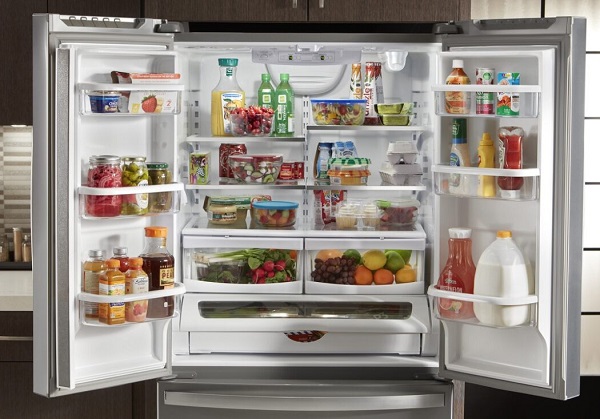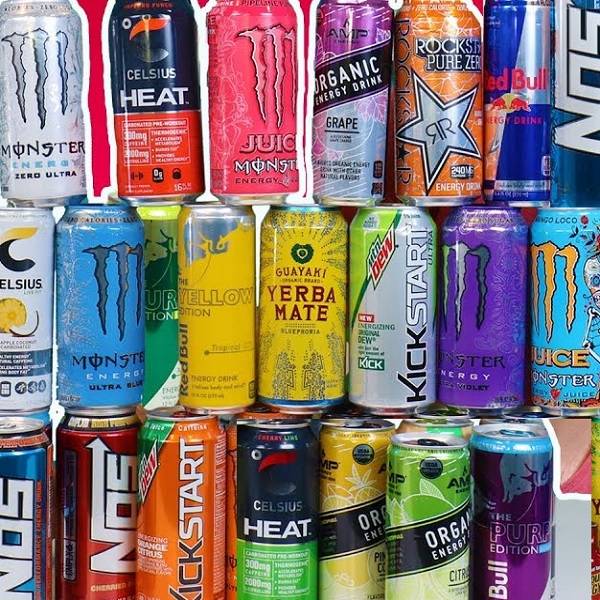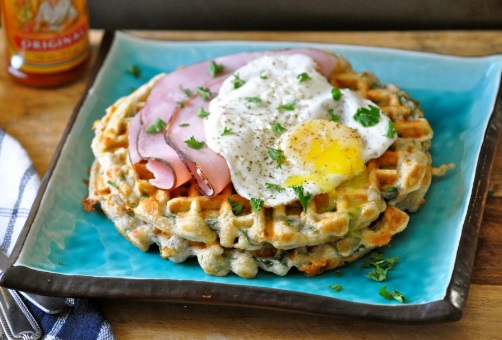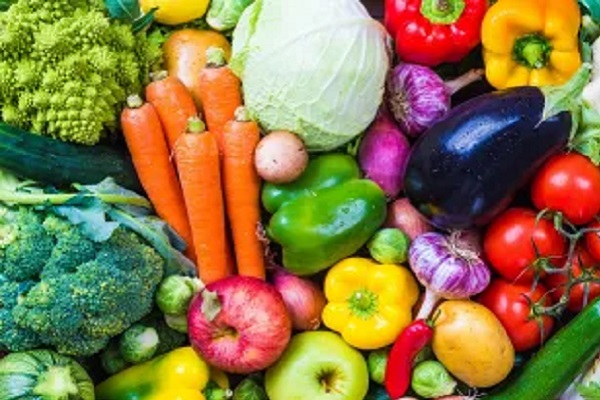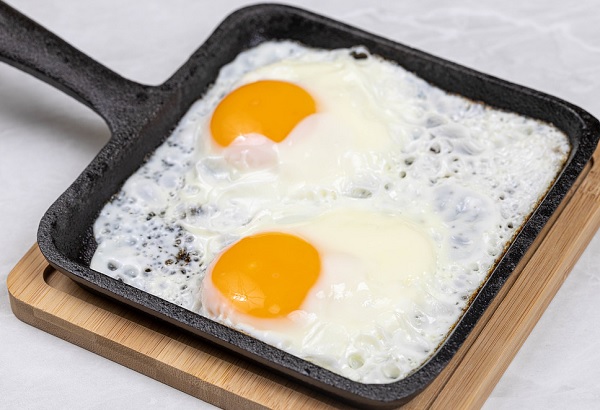
Everyone has been on a push to save energy lately no matter what they’re doing or where they live — and cooking is no exception. There are several ways that you can go about saving energy while cooking without sacrificing time or quality. Some newly built houses are already equipped with ways to save energy while cooking, but most houses could use an upgrade. With that said, here are ten ways to save energy while cooking…
Gather Supplies at Once
While you may not be aware of it, you’re opening and closing the refrigerator and freezer a lot. Each time you do, cold air rushes out and the appliance has to work to cool it down again. You can cut this out by getting everything you need at once. This will also create a small change in your electricity bill. Every bit helps!
Leave the Food to Cook
You don’t need to open the oven door repeatedly to check on your food. Every time you open it, it lets out hot air and wastes energy so try looking through the glass, or setting a timer.
Get New Appliances
Upgrading your old appliances is the easiest way to save energy. Newer appliances, such as Energy Star appliances, are engineered to use a reduced amount of energy while still delivering quality food. A lot of newly built homes, including the new homes in Austin, Texas, are sometimes outfitted with the latest appliances that use a reduced amount of energy.
Use Alternate Appliances
Instead of using an oven, why not use alternate methods of cooking? Using a microwave or toaster oven will reduce the amount of energy used by quite a bit. It may take a little longer to cook, but the food will come out just as good. The stove uses a ton of energy, so avoid using it whenever possible.
Keep Appliances Clean
One thing that you should always do in the kitchen, regardless of if you’re trying to save energy or not, is keeping your appliances clean. Don’t clean them frequently with the dishwasher; just hand wash them after each use. The cleaner they are, the easier they can transfer heat.
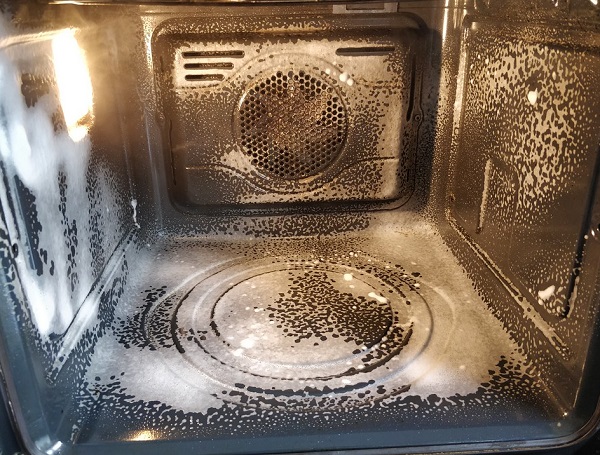
Don’t Use Too Much Water
The more water you add the more boiling time it takes to reach peak cooking temperatures. Making sure you only put in as much water as needed will save you energy, water as well as the effort of carrying a big pot of water over to the stove!
Use the Oven Properly
A lot of excess heat use can be attributed to not using the oven properly. For example, you don’t need to turn the oven on for half an hour before you start cooking. Allow it to preheat for just a few minutes and it should be ready to go. Also, turn it off prior to the food’s completion time. The oven will continue to cook the food even though it’s been turned off thanks to the heat in the oven or in the pot. If you’re cooking something in liquid, try to use less of it. Less liquid in an oven means that the food will cook much quicker.
Switch to Electric Stovetops
There are numerous benefits to switching to electric stovetops. While they don’t provide the instant heat that a gas stovetop does, they’re often better at simmering and boiling water than a gas stovetop. They’re also infinitely easier to clean. If you do make the switch to an electric stovetop, you may have to switch your cookware as well. You’ll need flat-bottom cookware for electric stovetops. The reason you need flat-bottom cookware is because you want the pan to have good contact with the stovetop. If you use older pots and pans, it won’t be as efficient.
Cook More Than Necessary
This one’s kind of odd — why would you want to cook more than you’ll eat? The answer is simple: leftovers are much quicker to reheat. It’ll use significantly less energy to reheat older food than it will to cook fresh food. Once you’re done eating the portion you want, just refrigerate or freeze the rest of the food. When it’s time to eat the leftovers, everything will be prepared and it’ll cook in a fraction of the time, reducing the energy used significantly. There are many ways to cut back on energy use in the kitchen. Though cooking doesn’t use a ton of energy to begin with, every little cutback helps and you’re also improving the speed at which items cook.
Use the Right Size Appliance
It’s not just about cooking the right amount, it is also about using the right-sized tools for the job. If it is a meal for one the microwave is often the best option, that or maybe an air fryer.
Have you made a change in the way you cook lately? Leave a comment below and let us know what you did.
